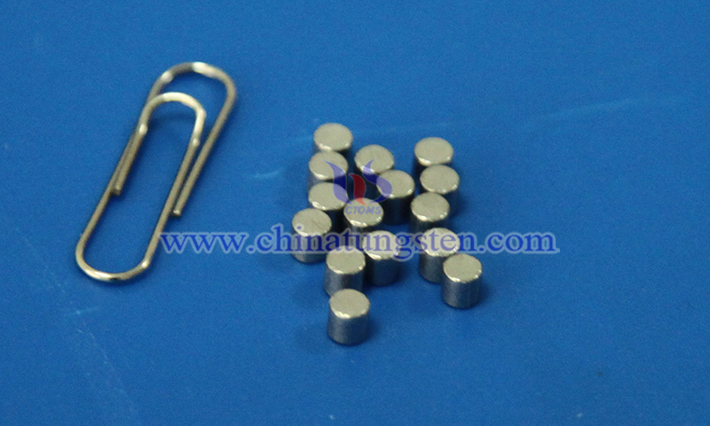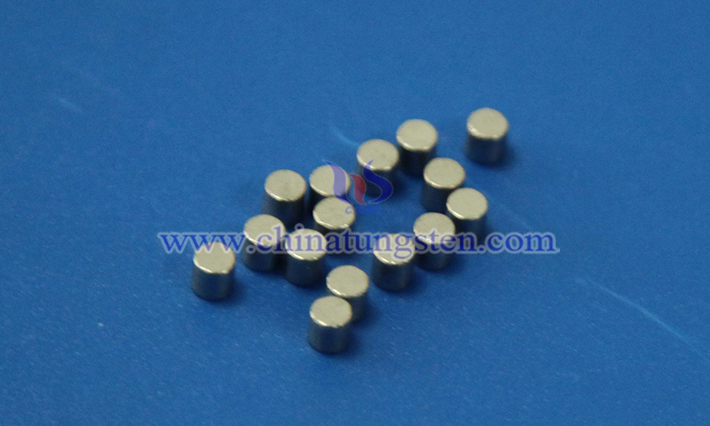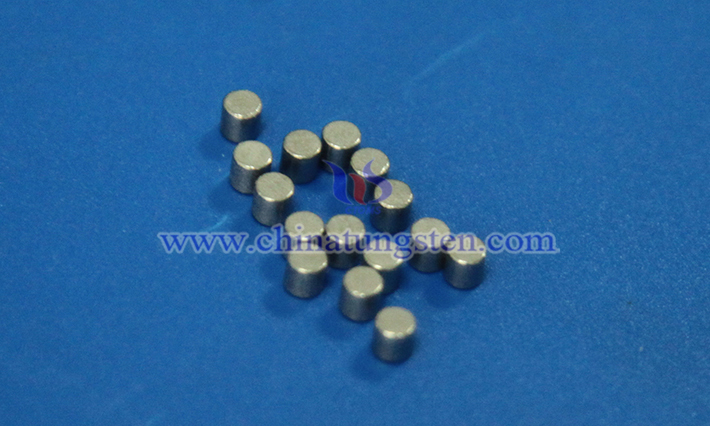Barium Tungsten Electrodes for Microwave Devices
- Details
- Category: Tungsten Information
- Published on Sunday, 27 April 2025 18:48
- Written by Zhenghua
- Hits: 279

The barium tungsten electrodes are primarily used as thermionic emission cathodes in microwave devices, widely applied in various microwave vacuum devices such as magnetrons, klystrons, and traveling wave tubes. These devices play critical roles in radar systems, communication technologies, and electronic countermeasure systems. By releasing free electrons at high temperatures, barium tungsten electrodes enable the oscillation and amplification of microwave signals, fulfilling the stringent requirements of high-frequency, high-power applications.
Barium Tungsten Electrodes for Laser Mercury-Pumped Light Sources
- Details
- Category: Tungsten Information
- Published on Sunday, 27 April 2025 18:46
- Written by Zhenghua
- Hits: 286

Barium tungsten electrodes are one of the core components in laser mercury-pumped light sources, whose performance directly determines the efficiency of mercury vapor discharge and the stability of the light source. Compared to traditional electrodes containing radioactive elements (e.g., thorium-tungsten electrodes), barium tungsten electrodes stand out for their environmental friendliness, high electron emission efficiency, and long service life, making them the preferred material in high-power gas discharge light sources.
Read more: Barium Tungsten Electrodes for Laser Mercury-Pumped Light Sources
Barium Tungsten Electrodes in Ion Lasers
- Details
- Category: Tungsten Information
- Published on Sunday, 27 April 2025 18:40
- Written by Zhenghua
- Hits: 260

Ion lasers utilize barium tungsten electrodes because they provide a stable electron flow to sustain gas discharge while offering advantages such as low work function, high-temperature stability, and long lifespan. These characteristics collectively ensure the efficient output and stable operation of ion lasers, making barium tungsten electrodes an ideal choice.
Barium Tungsten Electrode for Vacuum Electronic Devices
- Details
- Category: Tungsten Information
- Published on Sunday, 27 April 2025 18:44
- Written by Zhenghua
- Hits: 265

As a core material for vacuum electronic devices, barium tungsten electrodes occupy a pivotal position in the field of vacuum electronic technology by optimizing electron emission performance and operational stability. Their applications span a wide range of scenarios, including power conversion, industrial heating, and scientific research exploration, serving as crucial support for the efficient operation of modern electronic devices.
Read more: Barium Tungsten Electrode for Vacuum Electronic Devices
Barium Tungsten Electrodes for Lasers
- Details
- Category: Tungsten Information
- Published on Sunday, 27 April 2025 18:38
- Written by Zhenghua
- Hits: 273

Barium tungsten electrodes are widely used in lasers, particularly excelling in gas-discharge lasers. Their core advantages lie in high electron emission performance, high-temperature resistance, and long operational lifespan.





 sales@chinatungsten.com
sales@chinatungsten.com